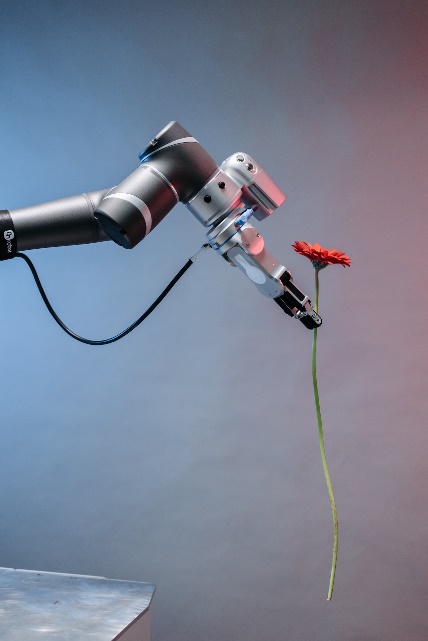|
|
Module 1: Building the ability to work with people from different communities, disciplines, and functions |
|
|
Michael Wildt, Sandra Hogeforster, Anna-Maria Czarny, Christian Wildt |
|
|
Open innovation requires working with people from outside of your organization. Often these people come from different cultures, backgrounds, and communities. Working with such diverse teams is a crucial component for success in innovative teams. To prevent diverse backgrounds to be an obstacle, certain aspects must be considered. After reading this module the reader will receive an overview of different aspects of cultures, how to work with them, and use diversity as an advantage. In addition, different psychological concepts will be explained that facilitate working in teams and reaching the maximum potential of each co-worker. Certain features of your organizational structure will be questioned. To ensure the success of any open innovation strategy with workers from outside of your company cross-functional teams have to be built and work well together. Lastly, setting the right goals and the right long or short-term focus must be thought through when applying any innovation strategy. Especially when it comes to open innovation strategies supervisors must be ready for new perspectives. The ability to work with people from different communities, disciplines, and functions can be learned or enhanced and is the fundament of any open innovation strategy. |
|
Upon completing this module, you should be able to: |
|
Open Innovation in the agri-food and bioeconomy sector
More than in other industries, the agricultural sector has found the need to play technological catch-up, face the changing climate and meet new customer needs. Since resources and budgets are scarce, it’s crucial to use creative ways to find and implement innovative solutions.
Open innovation, which is the opening of innovation processes to allow ideas, new technologies or feedback from external partners to flow into the company, can be a key success factor. There are a number of ways to do this, although the focus should always be on the individual possibilities and requirements of a company (Solarte-Montufar et al., 2021). The way of working with people from different communities, disciplines, and functions is crucial to realize open innovation.
Advances in highly technical systems that use drones, sensors, and data analytics have created a demand for expertise not traditionally associated with agriculture. Consequently, most of the agricultural companies that are not currently taking advantage of open innovation will be doing so by the decade’s end. The rest may not be around much longer (Byrum, 2016).
Joseph Byrum, senior R&D and strategic marketing executive in Life Sciences – Global Product Development, Innovation, and Delivery at Syngenta.
One practical example of a successful open innovation project is the “Syngenta Crop Challenge”. The Challenge tasked participants with developing a model that predicts the seed varieties farmers should plant next season to maximize yield. The advantage is that hundreds of participants from all over the world, with different backgrounds and experiences brought in their specific perspectives to contribute to the solution (Byrum, 2016). In any case, implementing solutions like this one requires working with people from outside of your organization and from different communities, disciplines, and functions. Of course, this brings difficulties, but when they are overcome, the different views are a blessing.
